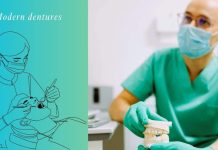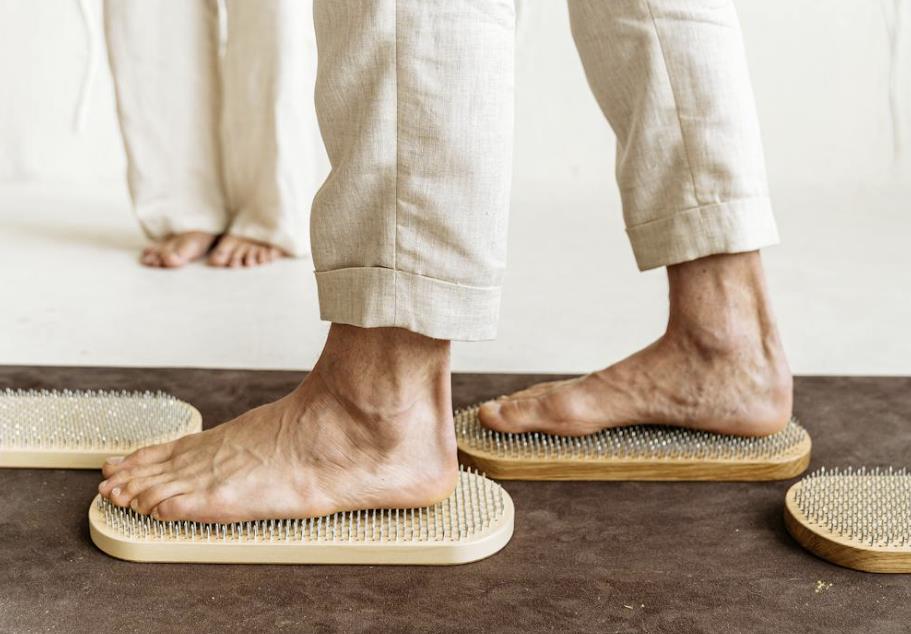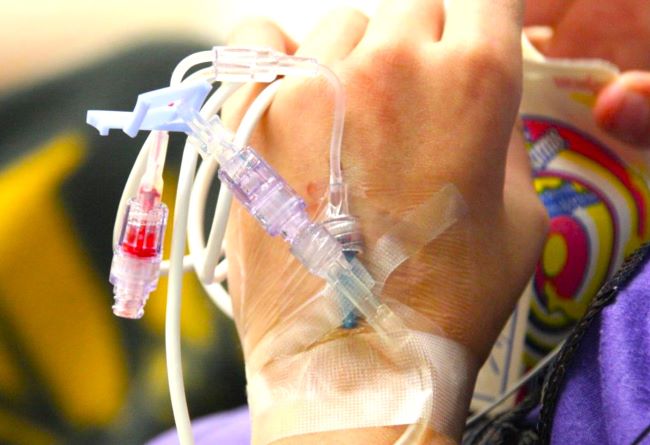5 Simple Steps to Lower Seniors’ BP Fast
High blood pressure (HBP) level, also known as hypertension, is one of the major health problem commons in adults over 50. It’s also one of the significant causes of strokes in the elderly, alongside diabetes.
According to World Health Organization (WHO), HBP can be dangerous since it may not show obvious definitive symptoms unless severe, sometimes when it’s already too late. This is why many refer to it as a “silent killer.”
HBP puts everyone, especially older adults, at risk for not only for stroke but also heart disease and heart failure. Fortunately, these can all be prevented with proper preventative care and treatment.
There are also simple ways to lower your blood pressure almost instantly. Check them out here.

Hot Baths
Hot baths are among the easiest yet most effective home remedies for HBP. They can cause vasodilation or the widening of blood vessels. One professor from Harvard Medical School explained that when blood vessels are more dilated, more blood can flow through them, so less pressure is needed.
The hot temperature can also help our muscles relax. When they’re relaxed, vasodilation takes place. Aside from muscles, hot baths can also prompt mental relaxation. When your mind is more relaxed, it also signals your circulatory system to relax. Since HBP is a circulatory disorder, relaxed circulation can lower blood pressure.
Specifically, hot baths for no more than 30 minutes before bedtime are ideal for lowering your blood pressure. The effect may last for hours or even throughout the entire night. However, if you have a heart condition, it’s best to consult your doctor first since a high temperature can likely increase your heart rate.
Breathing Exercises
A recent study published in the Journal of the American Heart Association found that daily breathing exercises can help lower blood pressure. The participants of this research underwent strength training for their breathing muscles and greatly improved, similar to the benefits of a daily 30-minute walk. Many of them are considering opting for breathing exercises as an alternative to medication.
Here are some ten breathing exercises to help lower your blood pressure:
-
Alternate nostril breathing
-
Breath focus technique
-
Deep breathing
-
Diaphragmatic breathing
-
Equal breathing
-
Humming bee breath (Bhramari)
-
Lion’s breath
-
Pursed lip breathing
-
Resonant or coherent breathing
-
Sitali breath
All of these breathing exercises promote the function of our body’s parasympathetic nervous system (PNS). It’s a group of nerves that help run life-sustaining processes (e.g., digestion) and relax the body after periods of stress or danger. Once activated, PNS dilates blood vessels, lowers heart rate, and decreases overall blood pressure.
Like hot baths, breathing exercises are among the simplest, non-medical ways to lower blood pressure. They’re also effortless to do. You only need to set aside time to pay attention to it. They don’t even take much time, usually just a few minutes of your day.
Start with just 5 minutes a day (or 2 minutes if 5 minutes feels too long). When the breathing exercise becomes easier and more comfortable, gradually increase your allotted time over time. It also pays to do it multiple times daily, practice conscious breathing, and schedule times as needed.
Hydration
Dehydration has associations with HBP. The lack of enough fluids in the body increases sodium levels in the blood. When this happens, our body secretes an antidiuretic hormone called vasopressin, which signals our kidneys to reabsorb more fluids. If in high enough concentrations, it can narrow blood vessels and cause high blood pressure. In this case, rehydration is a must.
If you’re not a big fan of water, the following are healthy alternatives:
-
Sugar-free sparkling water
-
Infused water (fruits or vegetables)
-
Water-rich fruits and vegetables (e.g., cucumber, honeydew, or watermelon)
-
Fruit or vegetable smoothies
-
Milk
-
Decaffeinated herbal tea
-
Low or no sodium soup
Stress-Free
Our stress hormone cortisol can narrow blood vessels. When this happens, our body pumps blood harder and faster, causing a temporary spike in blood pressure levels. That’s why stress is one of the key contributors to HBP.
Release pent-up energy as soon as possible and seek immediate stress relief before getting things out of hand. Here are a few stress-relievers to consider:
-
Avoid unhealthy habits
-
Get active
-
Eat a healthy diet
-
Get enough sleep
-
Meditate
-
Try yoga
-
Laugh more
-
Connect with others
-
Assert yourself
-
Get musical and be creative
-
Keep a journal
-
Seek counseling
Prescribed Medicine
Medication adherence is key to regulating blood pressure levels. It’s critical to not only take your medicines exactly as prescribed but also keep a personal connection with your healthcare provider.
How to compare generic vs brand name? There’s no need. They may look different on the outside, but they’re actually pretty similar on the inside. Both have the same quality, purity, strength, and stability requirements, except brand-name drugs are often costlier.
Final Thoughts
There’s no cure for high blood pressure yet. Hence, making effective lifestyle changes matters. These must include living an active life, consuming dietary approaches to stop hypertension (DASH) meals, and not missing out on BP-lowering medications as prescribed by your physicians.
Read More – A Guide to Choosing the Best Blood Pressure Monitors






